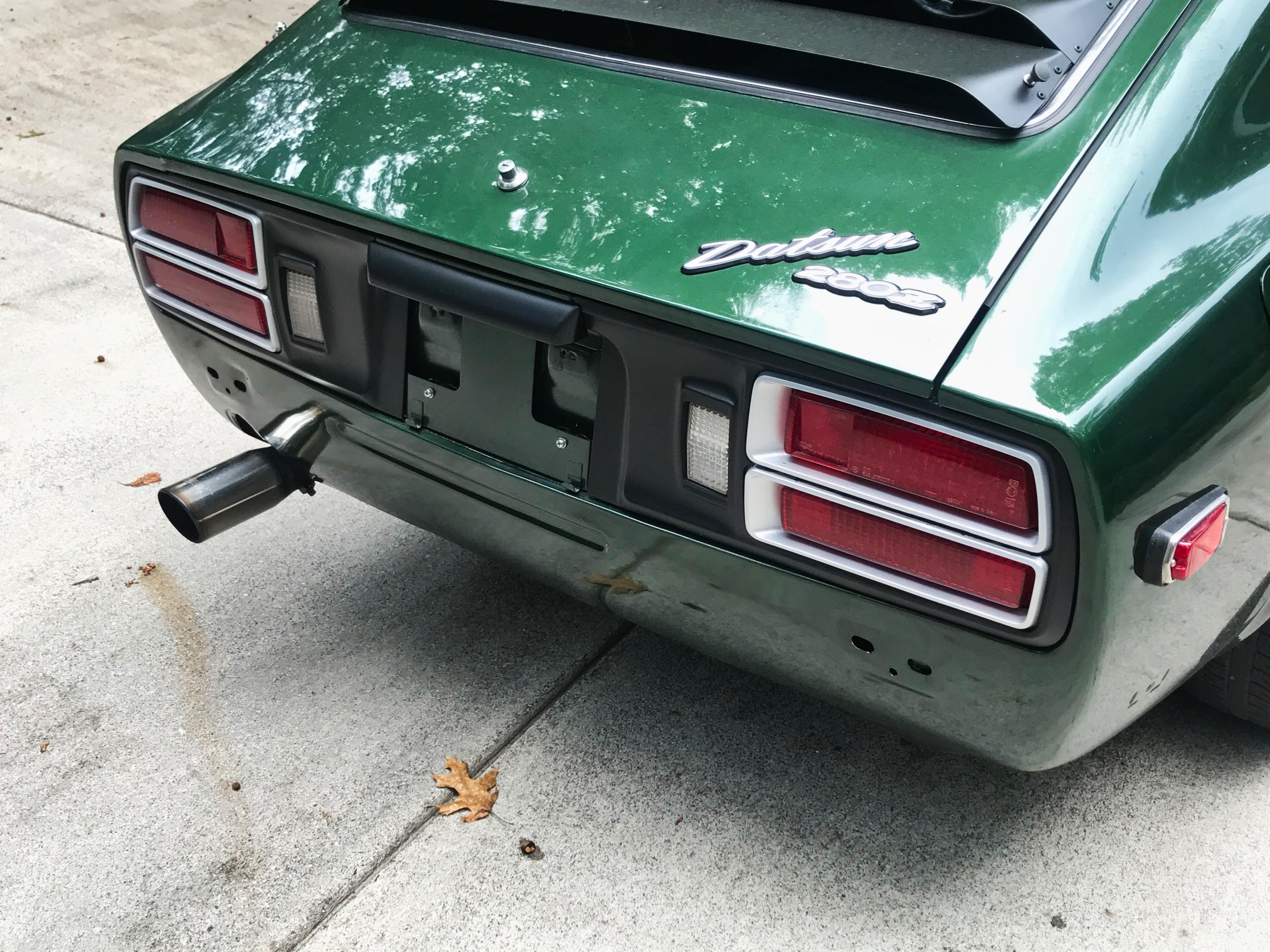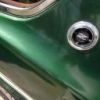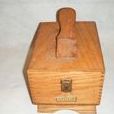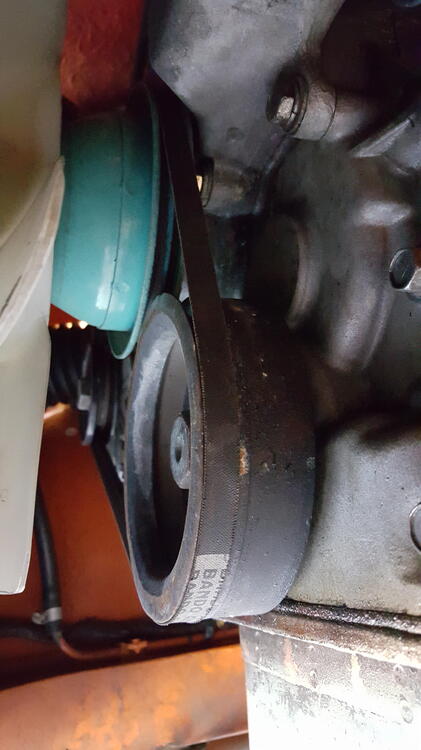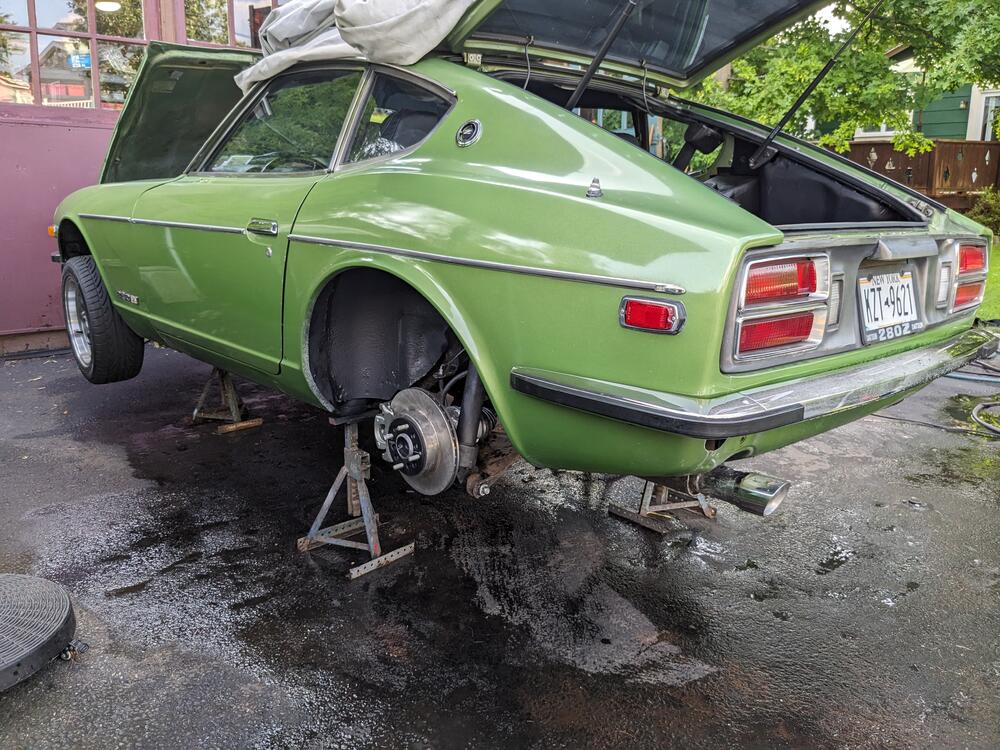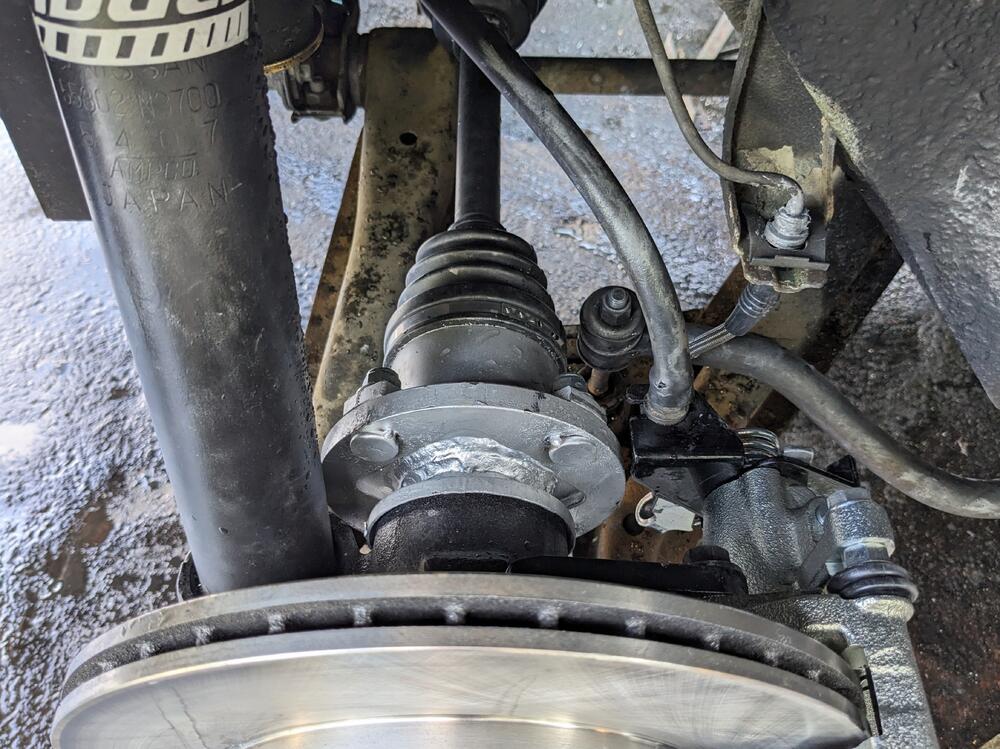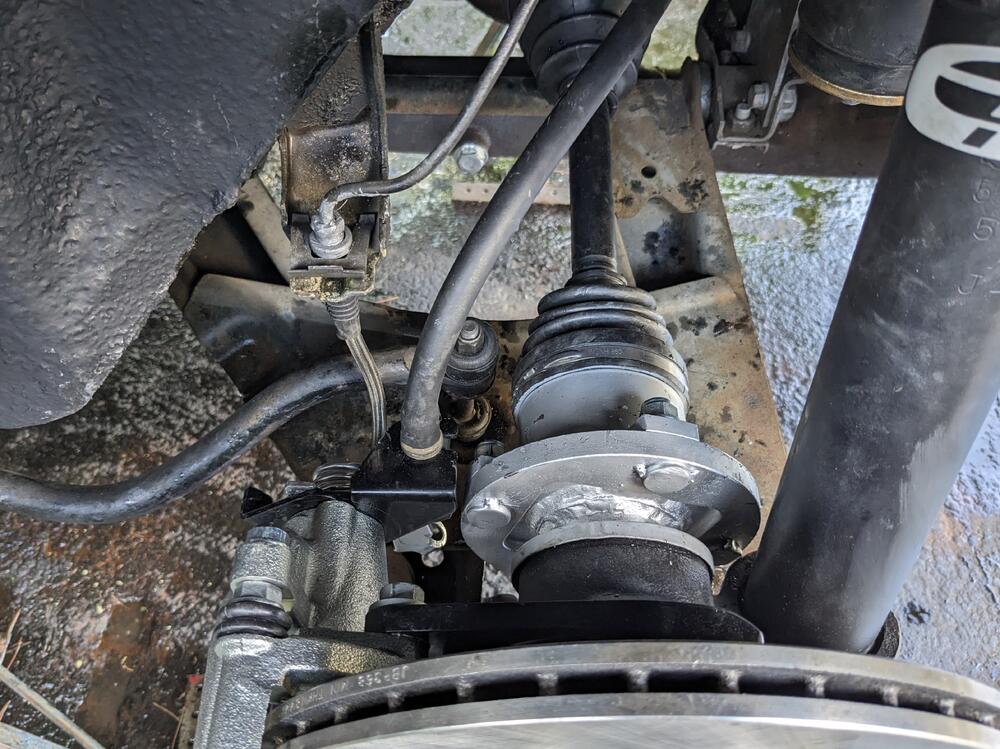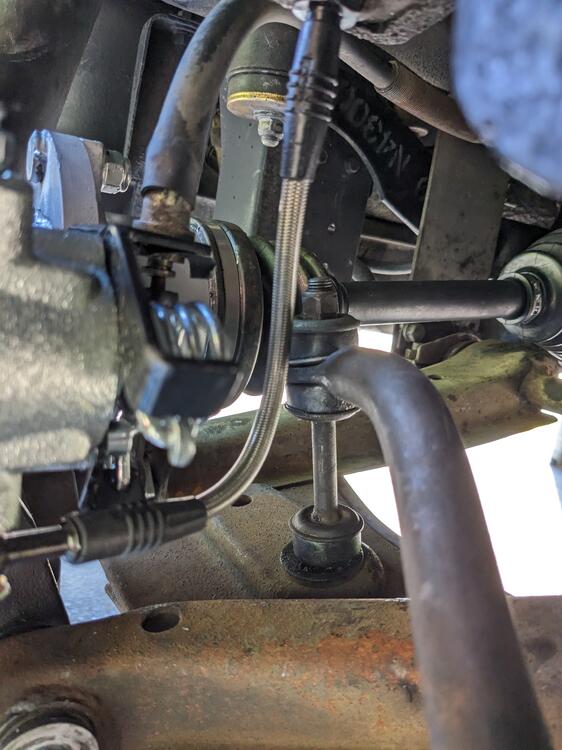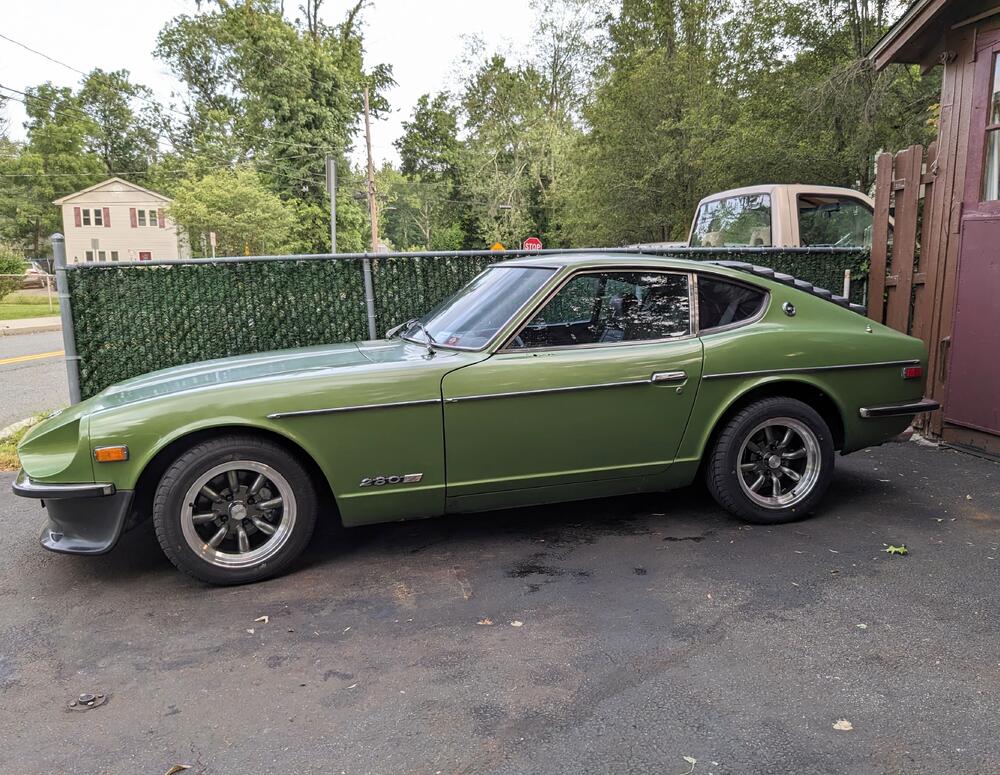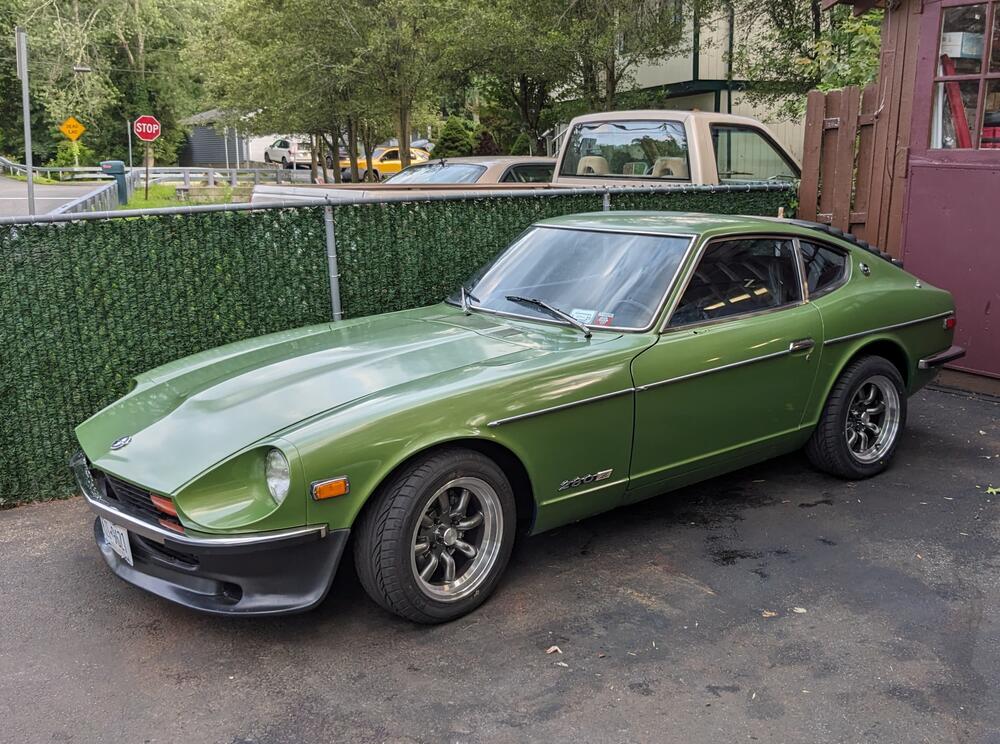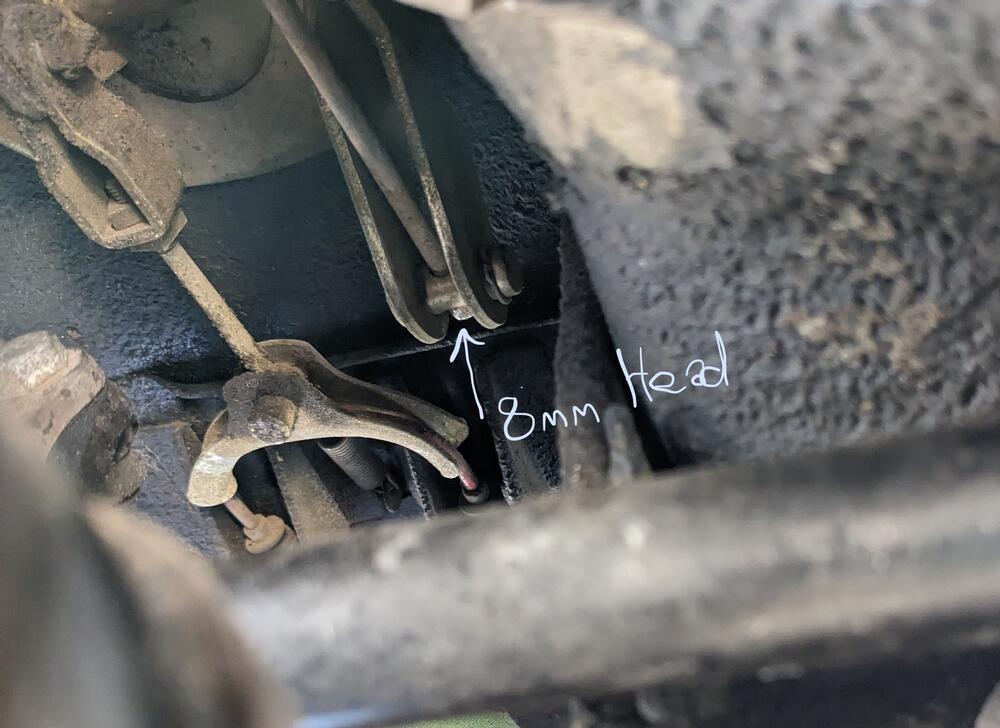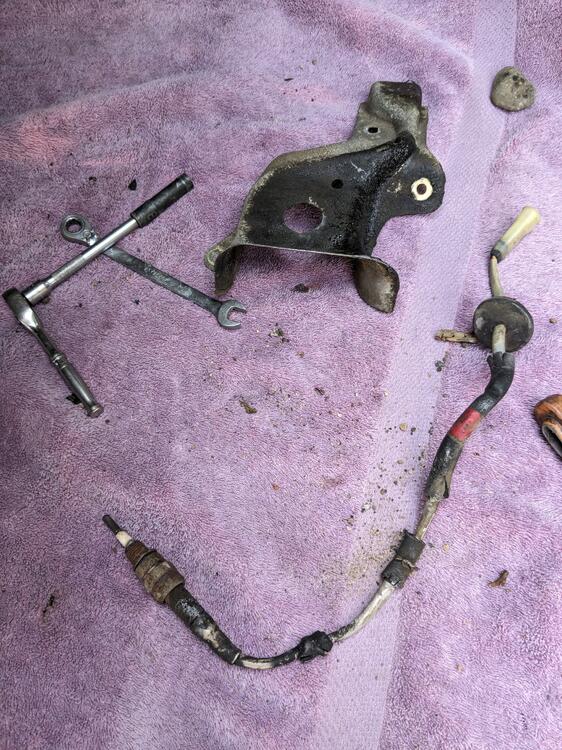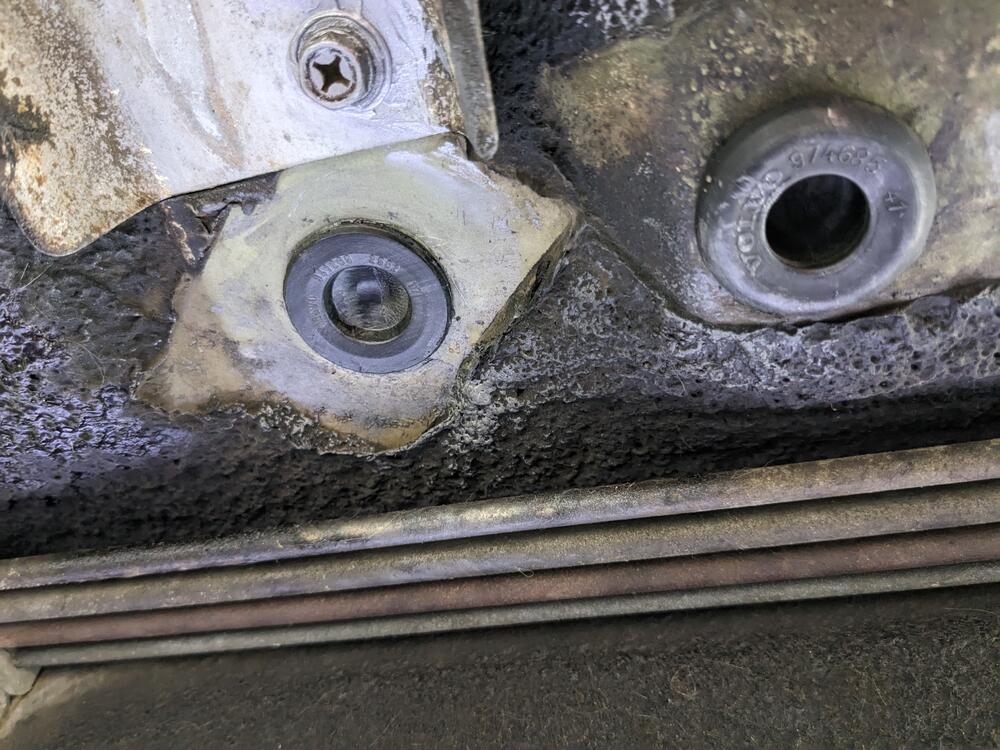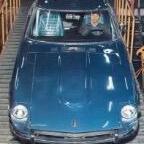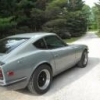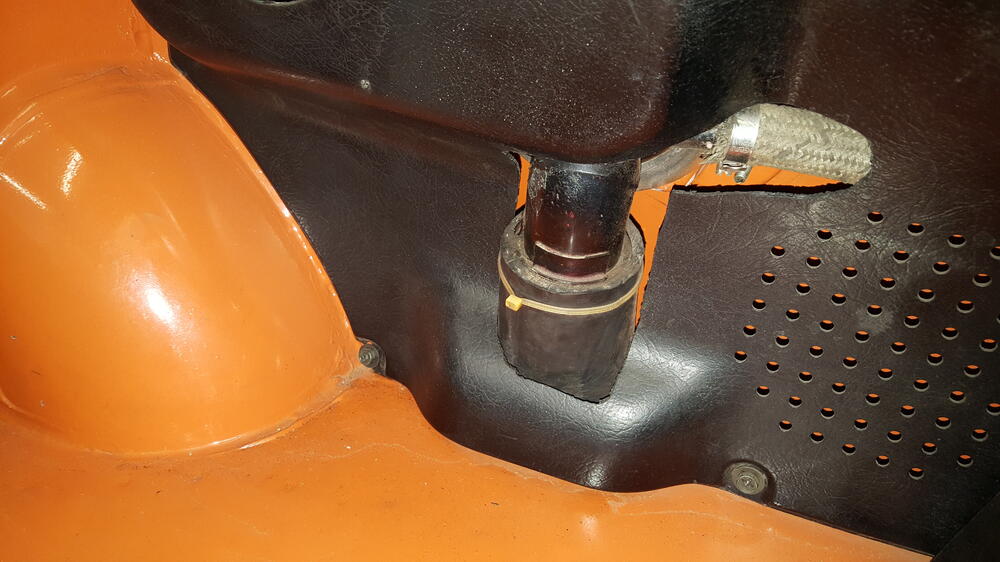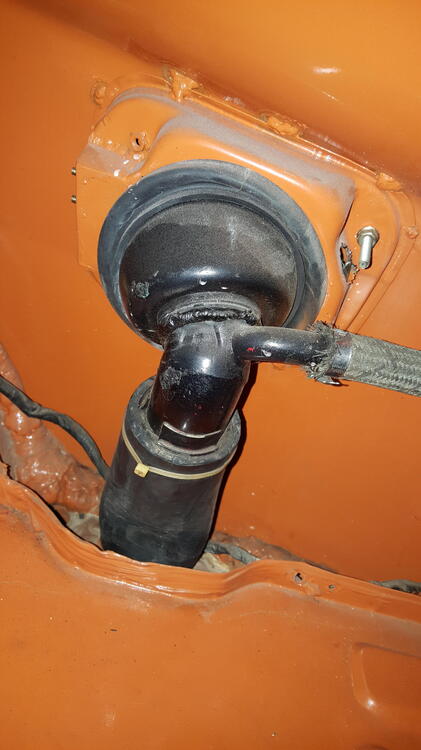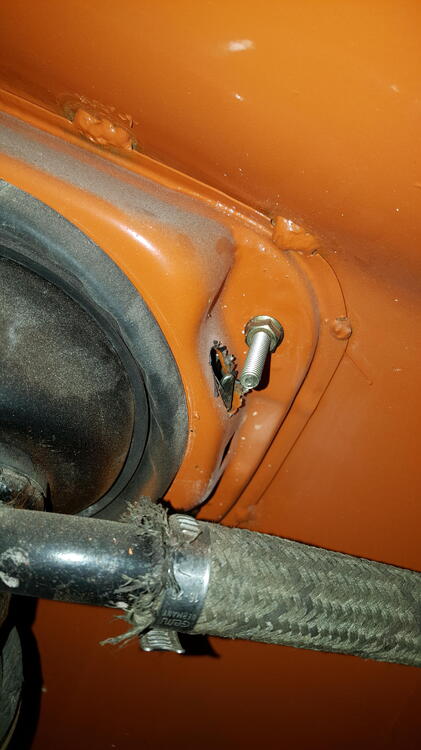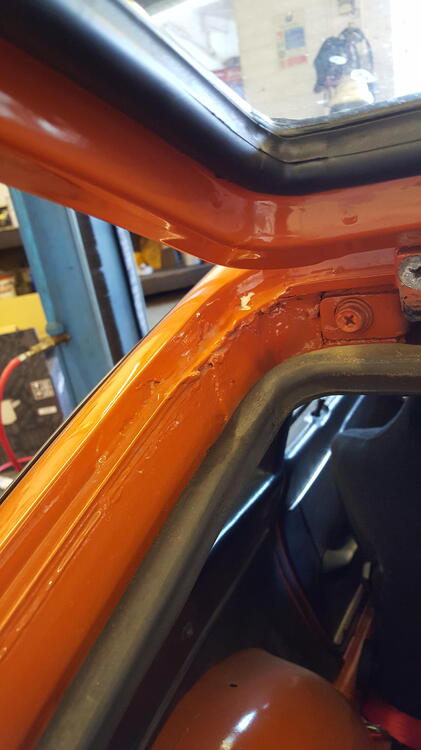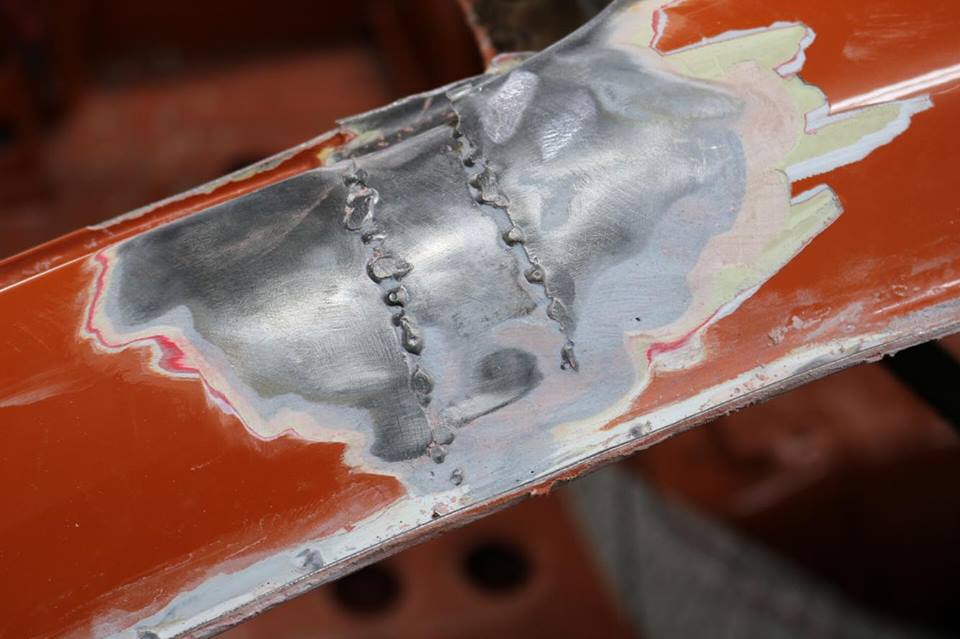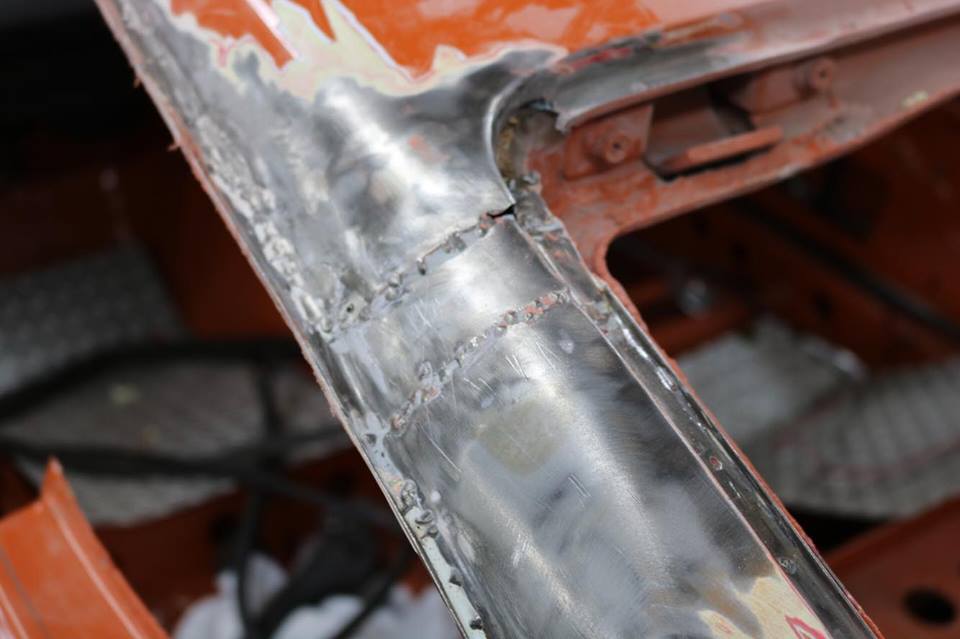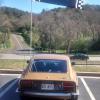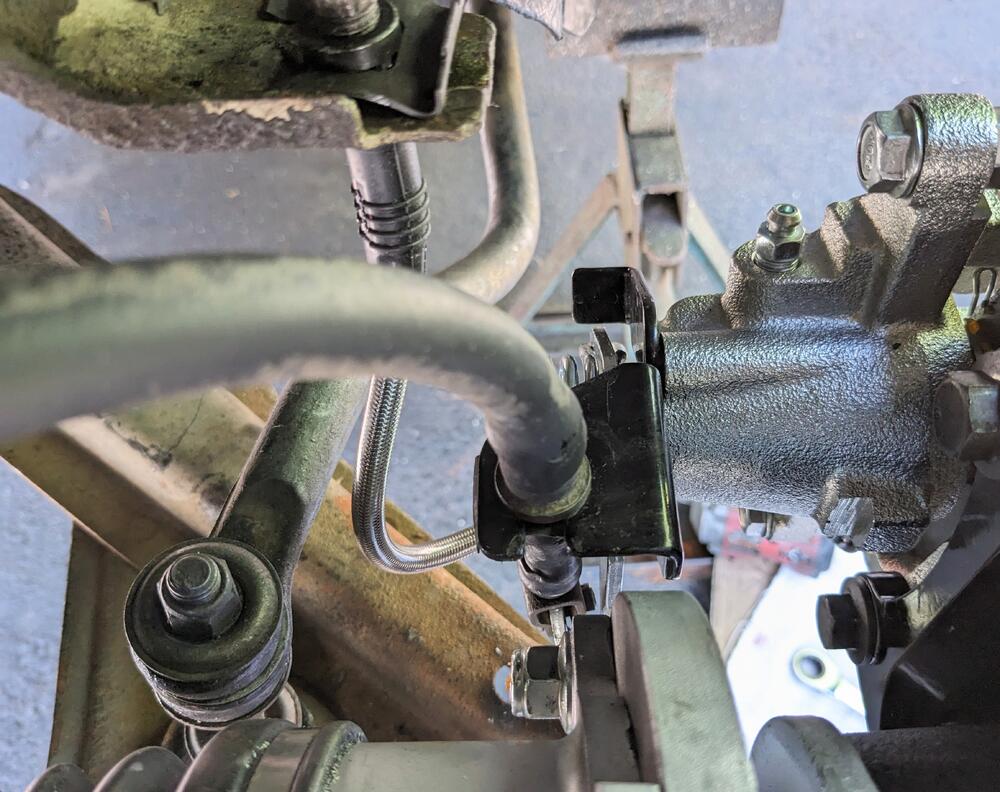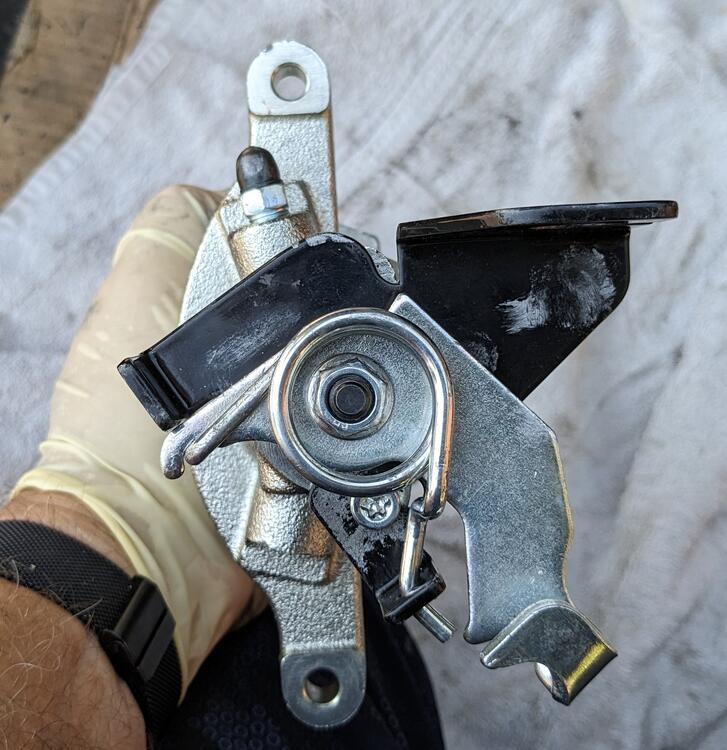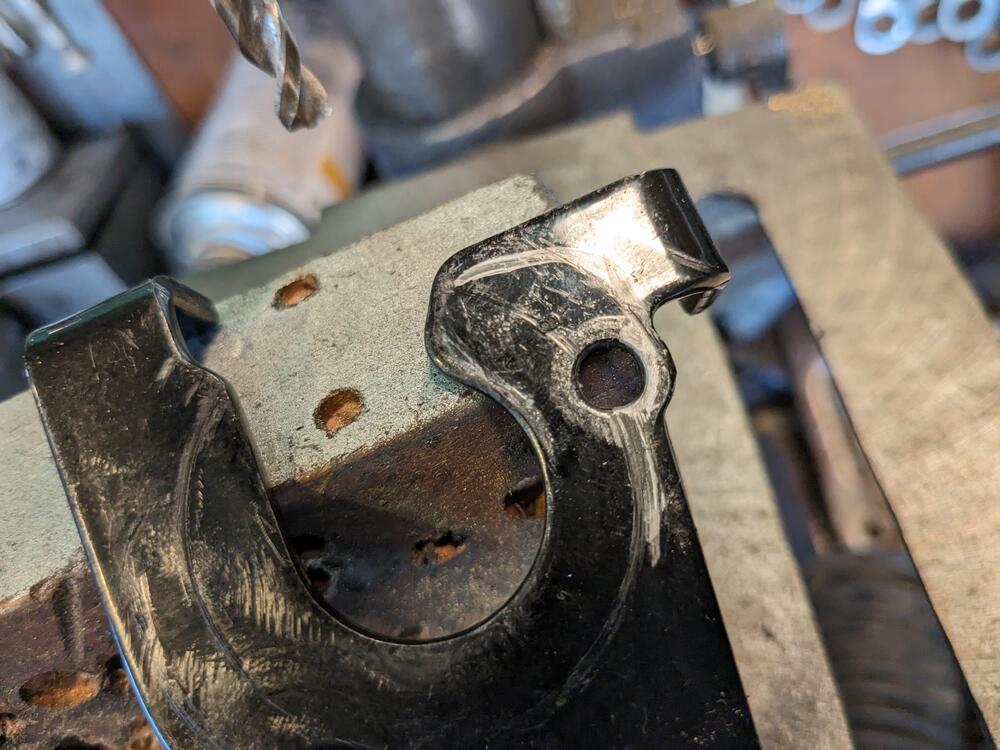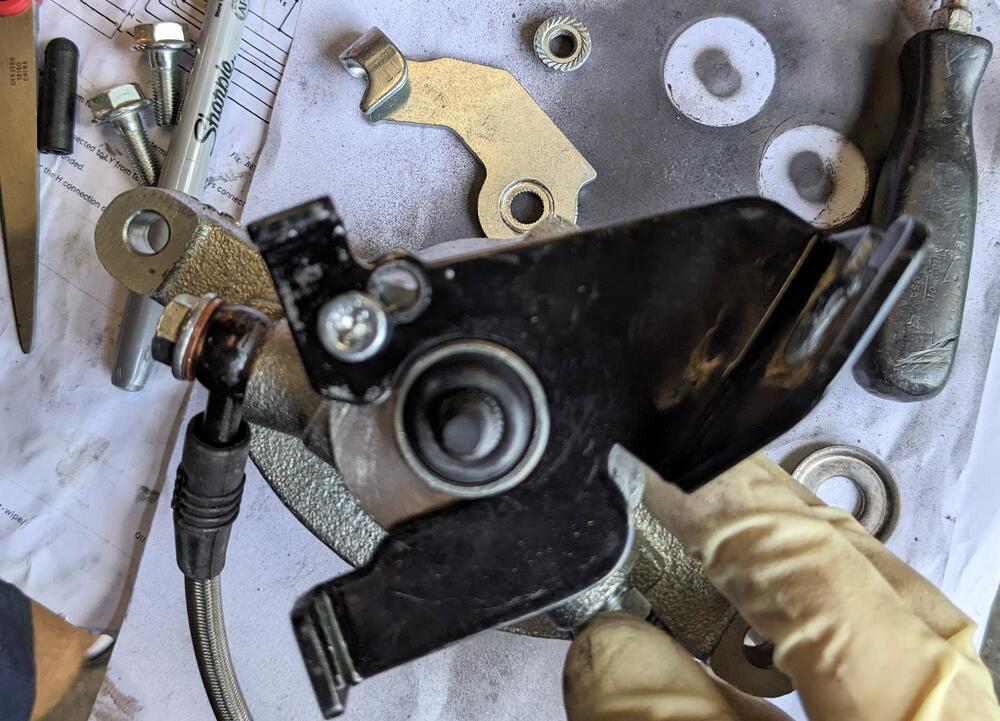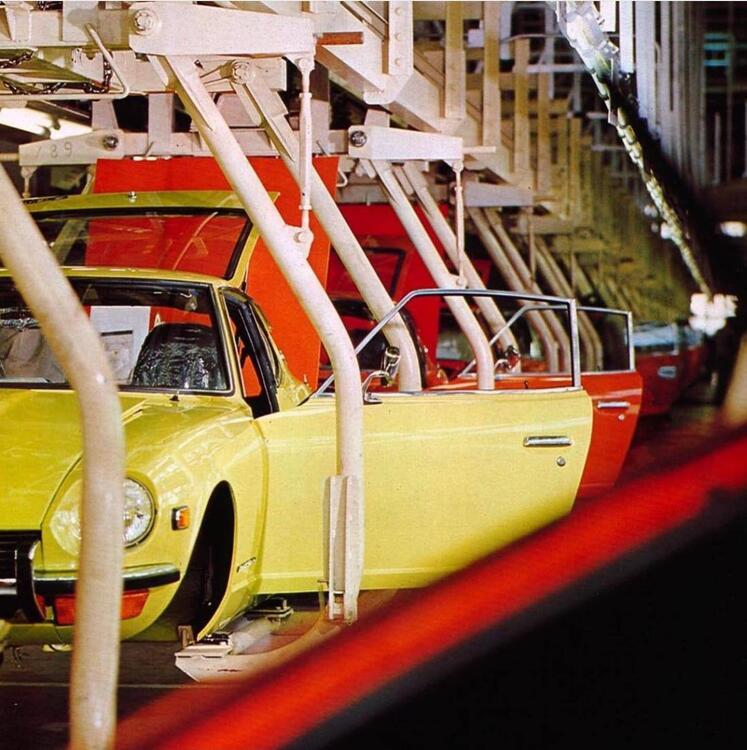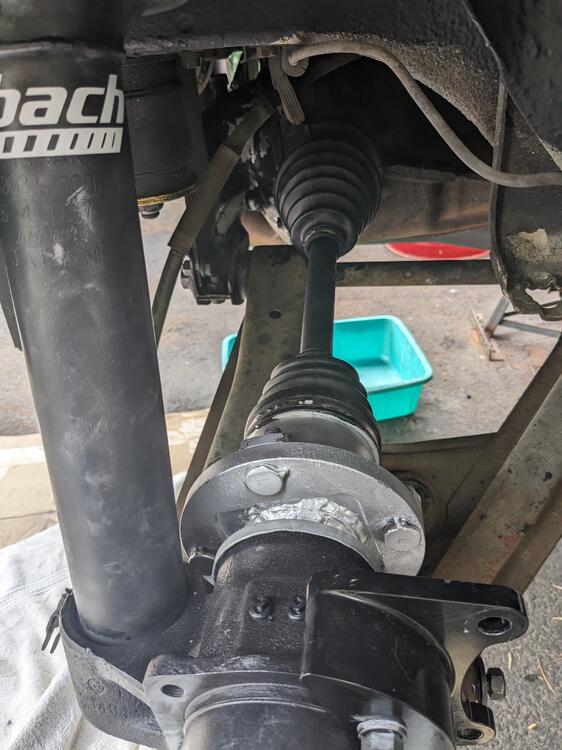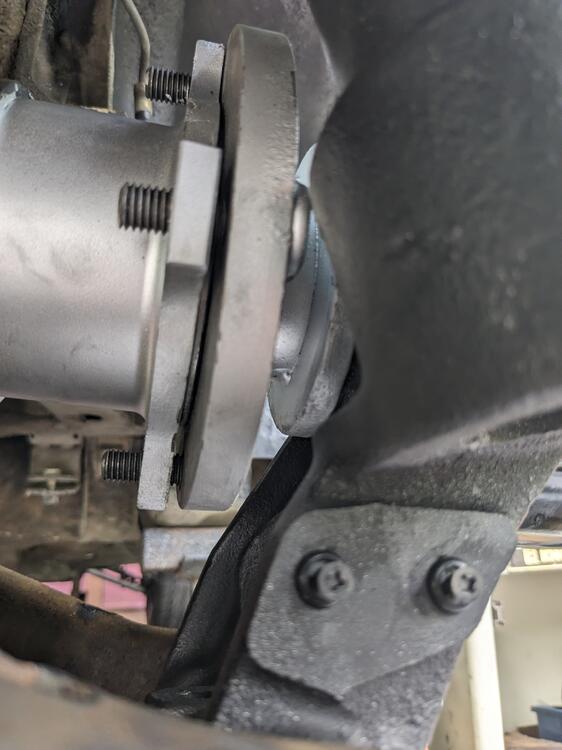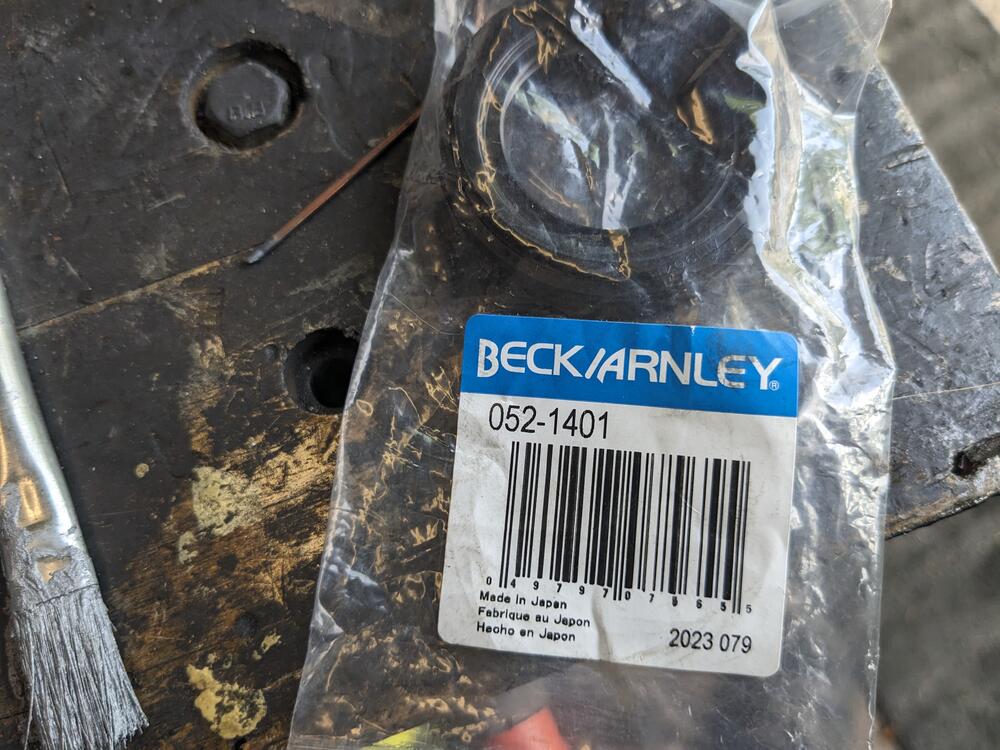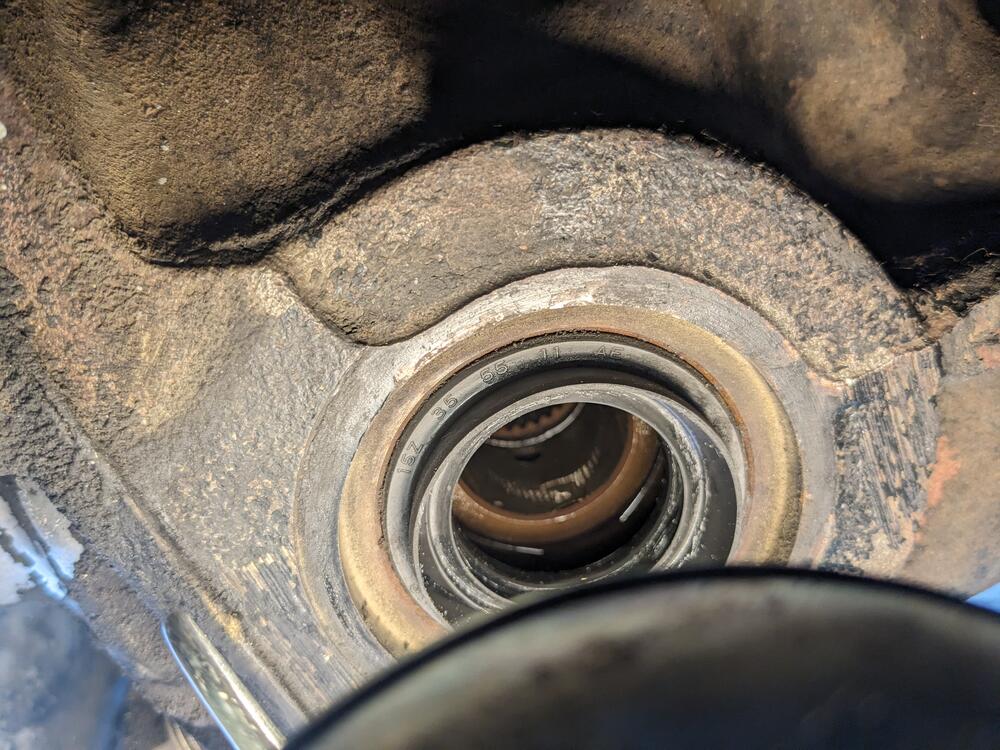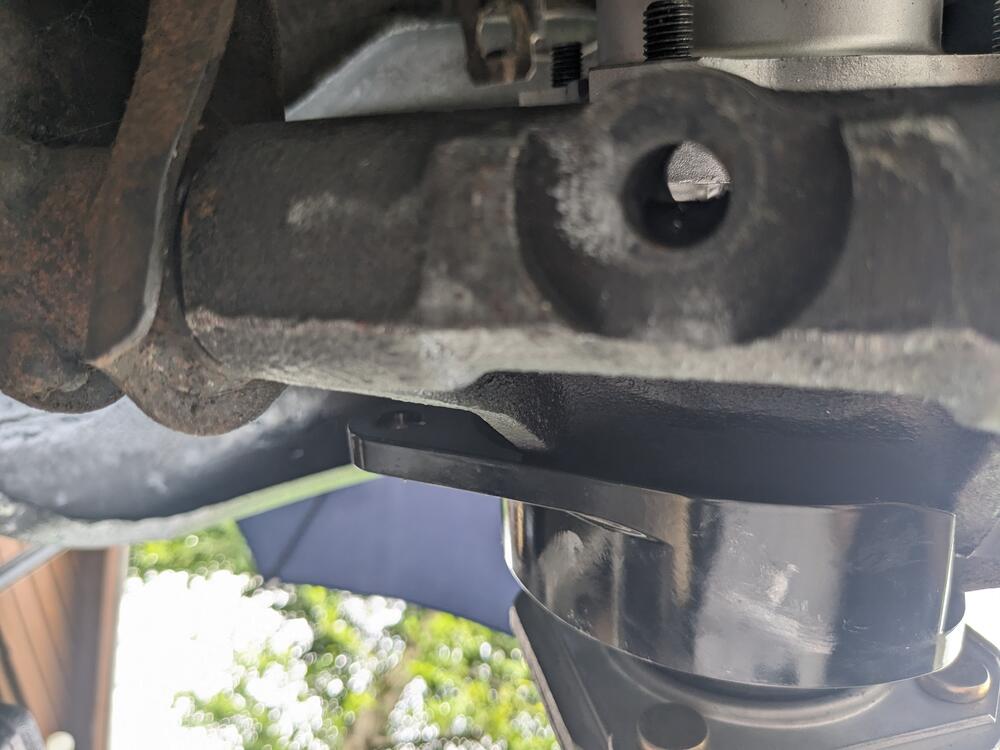I've had some issues with the water temp switch in the past on my 260, and have put together the below in an effort to help other owners diagnose issues with the system. I'm no expert and it's certainly conceivable that I've made mistakes with the below, or missed something somewhere, and I'd be happy to hear about it. Keep in mind that the only year I've laid hands on is 74, so other years info is somewhat speculative in areas and has been gleaned from documentation sources. Also, if there anyone would like to add info for years 75-78, that would be excellent. Respectfully submitted.... ~~~~~~~~~~~~~~~~~~~~~~~~~~~~~~~~~~~ The Water Temperture Switch - What It Does: Starting on the 1974 260Z, Datsun included a "Water Temperature Switch" located in the thermostat housing. It is used to control ignition timing and EGR actuation. Looking in the earlier manuals, it's clear that the origins of the water temperature switch actually started in 1971 when a device known as the "Thermo-Switch" and corresponding "Thermo-Relay" was used to control ignition timing on the automatic transmission version cars (1972 manual page EC-11). Here is a description of the systems for a few years. The reference pages are based on the FSM for that year. ~~ 1972 240Z ~~~~~~~~~~~~~~~~~~~~~ 1972 - The "thermo-switch" and "thermo-relay" were used only on automatic transmission cars (EC-11 and BE-5) to control ignition timing. If included, the thermo-switch is located near the passenger's feet (Fig BE-1) and the thermo-relay is located in the engine compartment on the wheel well below the ignition coil (Fig BE-1). The remainder of the 1972 details below apply only to the automatic transmission cars as the manual transmissions versions did not have a thermo-switch or thermo-relay installed. The thermo-switch characteristics are as follows (EC-11): On (closed) below 30 F Off (open) above 52 F The thermo-relay characteristics are as follows (EC-21): One set of Normally Closed (N/C) contacts System operation is as follows: When cold, the thermo-switch is closed and the thermo-relay is energized. The normally closed contacts are open and the ignition timing is controlled by the advanced points. When warm, the thermo-switch opens and the thermo-relay de-energizes. The normally closed contacts are closed and the retarded timing points short across the advanced points which over-rides the signal from the advanced points. In this way, the ignition timing when warm is controlled by the retarded points. ~~ 1973 240Z ~~~~~~~~~~~~~~~~~~~~~ 1973 - The "thermo-switch" was used on all cars to control EGR function (BE-5 and BE-6), and in addition, automatic transmission cars also included the "thermo-relay" to control ignition timing (BE-6). The thermo-switch is located near the passenger's feet (Fig ET-44 and Fig BE-2 #16) The thermo-relay, if included, is located in the engine compartment on the wheel well below the ignition coil (Fig BE-2 #24). The thermo-switch characteristics are as follows (ET-21 and EC-12): On (closed) below 30 F Off (open) above 52 F The thermo-relay characteristics are as follows (Fig ET-37): One set of Normally Closed (N/C) contacts System operation is as follows: When cold, the thermo-switch is closed, the EGR solenoid valve is energized, and the EGR function is disabled (EC-19). Also on auto trans cars, the thermo-relay is energized. The normally closed contacts are open and the ignition timing is controlled by the advanced points. When warm, the thermo-switch opens and both the EGR solenoid valve and thermo-relay de-energize. When the EGR solenoid valve is de-energized, the EGR function is enabled, and when the thermo-relay is de-energized, the normally closed contacts are closed and the retarded timing points short across the advanced points which over-rides the signal from the advanced points. In this way, the ignition timing when warm is controlled by the retarded points (Fig EE-62). ~~ 1974 260Z ~~~~~~~~~~~~~~~~~~~~~ 1974 - The location of the temperature sensing device was moved from the passenger footwell to the thermostat housing and the name changed to the "Water Temperature Switch". The water temperature SWITCH is located next to the water temperature SENDER (not switch). The water temperature SENDER is used to control the temperature gauge on the dashboard, while the water temp SWITCH is used for EGR and ignition timing control. The water temp SENDER has one bullet style connector on it, while the temp SWITCH has two wires coming out of it which go to a two wire connector. They also changed the name of the associated relay from the Thermo-relay to the "Advance control relay" (Fig EE-60) or the "EGR Relay" (wiring diagrams). The location of the advance/EGR control relay remained located below the coil. All cars used a water temp switch and a advance/EGR control relay regardless of the transmission variety (see wiring diagrams for both versions), although only the automatic transmission cars varied the ignition timing. The changing of the ignition timing is now controlled inside the electronic ignition module and the auto and manual trans cars used different ignition modules because of this. The manual trans cars have a fixed ignition timing, while the auto trans cars have the ability to choose between an advanced or retarded pickup signal from the distributor. The manual trans cars only have one pickup. The water temp switch characteristics are as follows (EC-28): Off (open) below 88 F On (closed) above 106 F (* Note that the operation direction is different than previous years. It is now OFF-COLD, ON-HOT) The thermo-relay characteristics are as follows (Fig EC-28): Two sets of contacts. One set of Normally Closed (N/C) contacts used for EGR control One set of Normally Open (N/O) contacts used to send a signal to the ignition module System operation is as follows: When cold, the water temp switch is open and the advance/EGR control relay is de-energized. The N/C contacts allow power to flow to the EGR solenoid valve and the EGR function is disabled (Fig EC-28). The N/O contacts are open which open circuits the ignition module timing control signal line which tells the auto-trans ignition module to use the advanced pickup signal (EE-34). When warm. the water temp switch is closes and energizes the advance/EGR control relay. The N/C contacts open and de-energize the EGR solenoid valve which enables EGR function (Fig EC-28). the N/O contacts close which sends a 12V signal to the ignition module. This 12V signal tells the ignition module (if so equipped) to use the retarded pickup signal from the distributor (EE-34). Note that all the related wiring is the same for both the manual and auto trans cars (see wiring diagrams), but the difference is inside the ignition module itself. The manual trans module gets the same signal as the auto, but it simply has no effect. Some general notes for 74: If you were to use a manual trans ignition module on your auto car it would work, but your timing would be fixed to the advanced pickup. (Proof is left to the student) You cannot use an auto trans ignition module on a manual car without making some additional modifications. In theory, you could break the connection between the advance/EGR relay and the ignition module and then time the ignition off just one pickup, but you would have to figure out which pickup input is active and ground or hardwire the control signal to 12V accordingly. (Again, proof is left to the student) If you have a manual trans car and have removed the EGR valve, then the water temp switch and the advance/EGR relay are both doing absolutely nothing. There is a grounding mistake on the black wire from the temp switch (missing dot to a ground connection) on the wiring diagrams - Nothing connected to the temp switch would even work at all if the car were actually wired as it's drawn. The driver's side turn signal and marker lamp wouldn't work either. There are no other connections on the wiring diagram to anything involved with the temp switch and/or the relay that it controls. In other words, the ignition timing and EGR functions are the only two things that the water temperature switch can possibly affect. ~~~~~~~~~~~~~~~~~~~~~~~~~~~~
